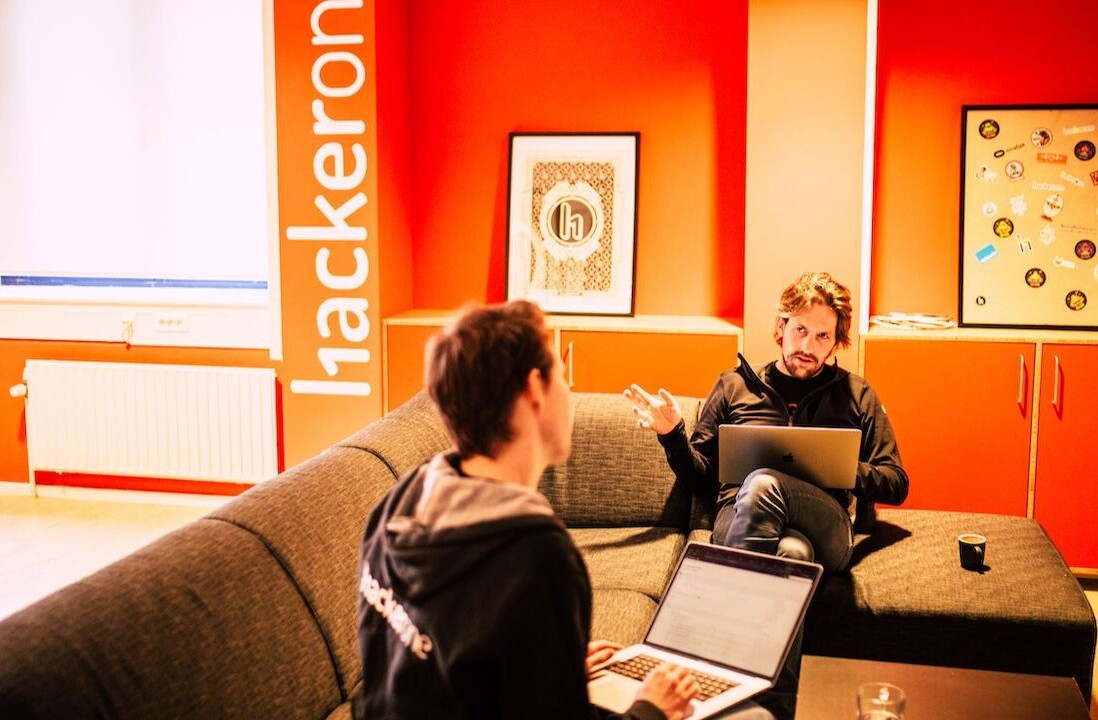
Garrett Heath is a technology storyteller with Rackspace.
Ever since T-1000 morphed from liquid metal into human form in Terminator 2: Judgment Day and dinosaurs roamed Isla Nublar in Jurassic Park, computers have played a vital role in Hollywood. But bits and bytes have transformed the industry well beyond special effects— technology has fundamentally impacted the old studio model for creating movies.
Here are several ways that the Internet and cloud computing have changed show business.
Collaboration in the Cloud
Even if you’ve never set foot on a studio lot, you can imagine the difficulty of making a movie. Securing locations, building sets and wrangling temperamental actors are only part of the process. Multiple collaborators across the studio have to approve the content, requiring many video and audio files to be shared on a daily basis.
This presents a challenge as a small army of camera crew and audio engineers produce up to 50 TB of data each day. That’s equivalent to more than 6,000 dual-layer DVD discs.
“A regime shift is occurring that’s more open to the cloud’s game-changing benefits. And along the way studios are realizing there is a once in a lifetime opportunity to expand the business model by putting as much content on the cloud as possible,” Guillaume Aubuchon CTO of DigitalFilm Tree, a cloud-based collaboration service for studios wrote in a recent Rackspace blog post.
Aubuchon realized that technology was causing Hollywood to become decentralized—no longer were writers, producers and editors confined to a particular location.
Realizing this, DigitalFilm Tree provides an easy way to store and share footage using performance cloud infrastructure. Now, movie studios are able to become more nimble in producing films.
“To be frank, if Hollywood doesn’t embrace the new way, it will cease to exist. There will always be an army of new content providers challenging the status quo. If studios want to remain at the top of the stack, then they need cloud workflow solutions,” Aubuchon said.
Creation of niche markets
Most of us have streamed a movie from an online provider, however, video on demand (VOD) has done more than make it easy for you to enjoy a movie. The instant access of VOD has allowed niche filmmakers to connect with a very targeted audience.
While there might not be enough viewers in one physical location to support a postmodern comedic slasher flick, the Internet has enabled filmmakers to connect with fans of even the most obscure genre online. The question is no longer whether an audience can support a film in the theater, but rather whether there’s enough global interest that warrants the production of the film.
George Lucas agrees, stating in a recent panel discussion at University of Southern California’s School for Cinematic Arts that, “you can get [movies] whenever you want, and it is going to be niche-marketed which means that you can really take chances and do things if you figure there’s a small group of people that will kind of react to this.”
This is already the case with Netflix. According to a recent post on The Atlantic, there are over 76,897 micro-genres that the online distributor has categorized its movies into.
“Netflix has meticulously analyzed and tagged every movie and TV show imaginable. They possess a stockpile of data about Hollywood entertainment that is absolutely unprecedented,” The Atlantic’s senior editor Alexis Madrigal wrote.
Producers can then analyze the combination of movie characteristic data with viewer preference data to determine the chance of success for a given movie.
“Netflix has created a database of American cinematic predilections. The data can’t tell them how to make a TV show, but it can tell them what they should be making. When they create a show like House of Cards, they aren’t guessing at what people want,” Madrigal wrote.
Empowering independent filmmakers
Rather than trying to bootstrap a project, the Internet has connected a wave of independent filmmakers to a new source of funding: their audience.
Websites like Kickstarter and Indiegogo have brought movie fans together with moviemakers. Fans can now pledge money—and their support—to film projects they identify with. The result has been nothing short of spectacular.
“Filmmakers come to Kickstarter at all stages of the creative process, from development through distribution,” says Elisabeth Holm, Kickstarter’s film program director in an article on The Hollywood Reporter.
“If you look at the 73 Kickstarter-funded projects that have been official Sundance selections over the past three years, there’s a huge diversity of when they come to the site and how much they raise.”
This year, 20 projects from Kickstarter and six from Indiegogo are being screened at the Sundance Film Festival. Furthermore, The Square, a Kickstarted documentary about the Egyptian revolution that appeared at last year’s festival, has not only been nominated for a 2014 Academy Award but also was acquired by Netflix for distribution.
The power of connection
This past decade has seen Hollywood transform in front of our eyes. The theme that seems to run through all of the technological drivers is connection: Connecting editors to massive film files on high performance clouds, connecting filmmakers with their niche, target audience, and solving distribution bottlenecks by connecting fans and funders directly with promising movie projects.
The old Hollywood studio system seems to be shrinking while technology sparks a grassroots, global renaissance in moviemaking.
Photo Credit: Flickr/JoeyBLS Photography
Get the TNW newsletter
Get the most important tech news in your inbox each week.





